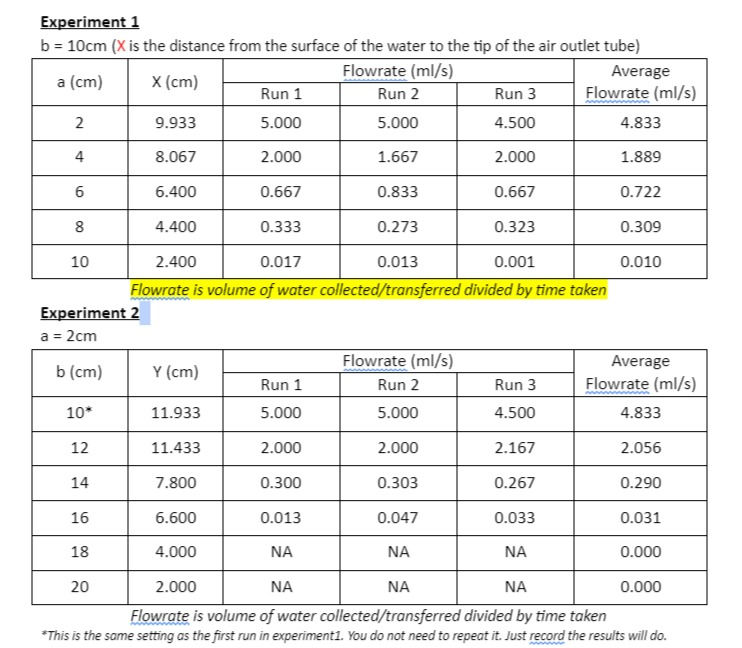Week 6: Home based practical 2 & Lesson
- vivianteo2002
- May 26, 2021
- 4 min read
Updated: May 27, 2021
Due to heighten alert to minimize risk of community spread, tutorial and lectures are all conducted at home. Similarly, our ICPD practical 2 which was planned out by teachers prior to phase 2 has been brought closer to home. Not to be discouraged since we will have no guidance by our teachers at our workshop we met online early on the 25th May at 7pm to do complete our P2.
This blog is split into two sections
Sustainable Design (Make up lesson on 27 May)
Practical 2
1. Sustainable Design
The philosophy of sustainable design

Product cycle
Consider these examples.
eg1. Pomelo skin into hydro gel
Alkaline hydrolysis sodium or potassium hydrolysis for a few hours filter wash to become pH nature dry and two more steps which will turn it into hydro gel a environmentally friendly product however the process is not. This project is actually not environmentally friendly.
eg2. An easier example of poor product life cycle is stainless steel straws, a study say plastic straws don't really pollute the environment instead stainless steel straw is worst. The process of making stainless steel straw is not environmentally friendly since the raw material have to first be dug out transported, refill, undergo alloying process and lastly mold it into straws. This whole process is very energy intensive which produce a lot of green house gas.
'LIFE CYCLE OF CASING OF THE PHONE SANITISER WITH C2C STRATEGIES'
As a team we work together to create the life cycle of plastic casing which will be used for our on going innovation 'Phone sanitiser'.

2. Practical 2
Samuel was our experiment conductor as shown in this picture. We have recorded our experiment in group's ICPD MS team created by Mr Ting for viewing.
A glimpse into our experiment

Plot tube length X versus pump flowrate. (X is the distance from the surface of the water to the tip of the air outlet tube). Draw at least one conclusion from the graph.

As the flowrate of the pump increases the X value will hence increase as there is a greater distance from the exit of the air tubing to the surface of the liquid
2. Plot tube length Y versus pump flowrate. (Y is the distance from the surface of the water the tip of the U-shape tube that is submerged in water). Draw at least one conclusion from the graph.

As the flowrate of the pump increases the Y value will hence increase as the inverted U-shape tube is placed deeper into the reservoir of water and hence is able to pump more.
3. Summarise the learning, observations and reflection in about 150 to 200 word
Learning
The water flow rate will increase as the X and Y value increases. This is because there is a greater amount of water that is above the outlet of the air outlet tube that is being pushed. Also, the surface of the liquid is closer to the bend of the U-shape tube hence making it easier for liquid to flow out of the U-shape tube, both of these come together to increase the water flow rate of the air lift pump.
Observation
We observed that in experiment 1 the liquid flow rate decreases as the air tube increases in height inside the U-tube. In experiment 2, average flow rate decreases with increasing b value and when ‘b’ is higher than 16cm no liquid is pumped out from the U-tube.
Due to the connection delay, we observed that there was a one second gap between the actual timing and the start/ stop timing.
Reflection
We wasted an hour because we did not read the instructions carefully, causing us to redo experiment 1 several times. Hence, we should pay more attention to the instructions in future practicals.
4. Explain how you measure the volume of water accurately for the determination of the flowrate?
We used a measuring jug to measure the volume of the water exiting the U-tube, if the volume is below the lowest liquid level marking on the jug we poured the water into a small measuring cup and sucked up the liquid with a medicine syringe.
5. How is the liquid flowrate of an air-lift pump related to the air flowrate? Explain your reasoning.
The liquid flowrate of an air-lift pump is directly related to the air flowrate, however this is only to a certain point. As when the liquid is being pumped, the water displaced needs to be replaced by incoming water. Therefore, if the flowrate of the air is too high, there will not be any time for sufficient water to flow back into the airlift pump. Hence, the liquid flowrate will increase as the air flowrate increase however this relation does not last forever.
6. Do you think pump cavitation can happen in an air-lift pump? Explain.
No, the air lift pump will not cavitate because cavitation only occurs in liquid pumps.
7. What is the flow regime that is most suitable for lifting water in an air-lift pump? Explain.
Laminar flow because air travels in parallel straight lines which eases the flowrate of water.
8. What is one assumption about the water level that has to be made? Explain.
All water discharged is transferred back to the pail after each run so that the initial water level remains constant for each height. This assumption has to be made so that the amount of water that is available for the suction of the air-lift pump can be assumed constant and thus making the comparison of flowrates within the three runs meaningful.
By: Vivian Teo
Comments